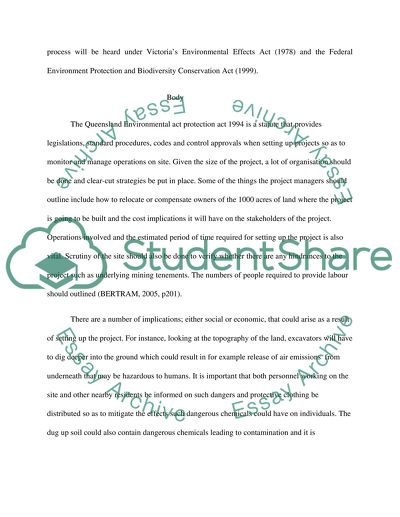Cite this document
(“Environmental Effects Statement for the proposed (Persistent Organic Research Proposal”, n.d.)
Environmental Effects Statement for the proposed (Persistent Organic Research Proposal. Retrieved from https://studentshare.org/environmental-studies/1489988-environmental-effects-statement-for-the-proposed
Environmental Effects Statement for the proposed (Persistent Organic Research Proposal. Retrieved from https://studentshare.org/environmental-studies/1489988-environmental-effects-statement-for-the-proposed
(Environmental Effects Statement for the Proposed (Persistent Organic Research Proposal)
Environmental Effects Statement for the Proposed (Persistent Organic Research Proposal. https://studentshare.org/environmental-studies/1489988-environmental-effects-statement-for-the-proposed.
Environmental Effects Statement for the Proposed (Persistent Organic Research Proposal. https://studentshare.org/environmental-studies/1489988-environmental-effects-statement-for-the-proposed.
“Environmental Effects Statement for the Proposed (Persistent Organic Research Proposal”, n.d. https://studentshare.org/environmental-studies/1489988-environmental-effects-statement-for-the-proposed.


